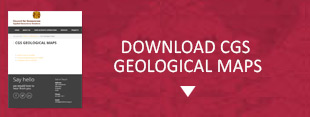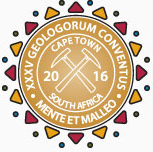
35TH INTERNATIONAL GEOLOGICAL CONGRESS
27 AUGUST - 4 SEPTEMBER 2016 | CAPE TOWN, SOUTH AFRICA
Sponsors






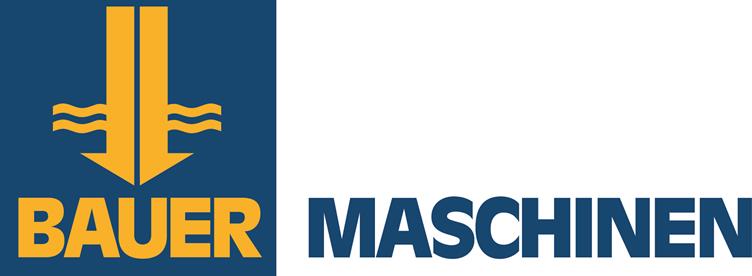










35 IGC SAGPGF






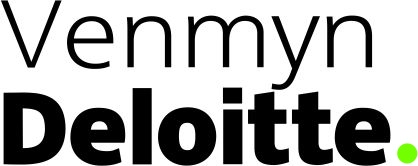
35TH INTERNATIONAL GEOLOGICAL CONGRESS
27 AUGUST - 4 SEPTEMBER 2016 | CAPE TOWN, SOUTH AFRICA
My IGC
Use of the Win-Tensor program for tectonic stress reconstructions
Description
The kinematic analysis of brittle structures and the reconstruction of tectonic stress on fault-slip and earthquake focal mechanism data emerged as a new technique in the 1980’s, was developed and popularised in the 1990’s and became a standard method in structural geology in the 2000’s. This development occurred concurrently with the increasing power of the micro informatics and the progressive development of software more and more elaborate and user friendly. Several programs exist for the processing of brittle structures and earthquake focal mechanism data. First released in 1992 as a DOS version and upgraded for Windows in 2006–2012, the Win-Tensor program has been adopted by many students and researchers worldwide. This one-day Workshop/Short Course is designed to introduce the essentials in brittle tectonics and tectonic stress reconstruction and the Win-Tensor program in other to allow the users to get started. This will remain at the introductory level, knowing that a full training would require at least 2 weeks of interactive learning.
Presenters
| Name | Organisation | Email address |
| Damien Delvaux | Royal Museum for Central Africa in Belgium |
Programme:
The course will include:
- A brief introduction to the brittle tectonic concepts
- Notions of tectonic stress in the lithosphere
- General presentation of the Win-Tensor program
- Data introduction using the Data Sheet
- Data processing and inversion using the Processing Sheet
- Solution management and reporting
- Graphic output
- Display of results on maps and graphics
Registration Details
To book and pay, please use your existing registration log in (if you are already registered). New delegates can book using the registration form on the website (create your profile and register for the conference and then book your additional workshop)
Presenter Biography
Damien Delvaux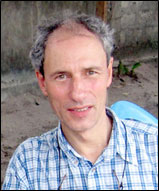 Dr Damien Delvaux is Structural Geologist at the Royal Museum for Central Africa in Belgium, working on geodynamics of intracontinental rift systems, sedimentary basins and orogens, with emphasis on their brittle structural evolution, active tectonics, seismotectonics and seismic hazard assessment in Central Asia, East Africa and Central Africa. After he graduated in 1980 as a structural geologist, he obtained his PhD in 1988 in organic geochemistry applied to petroleum exploration. He worked since 1989 at the Earth Science Department, Geodynamics and Mineral Resources Service of the Royal Museum for Central Africa, a Belgian research institute devoted to the knowledge management and scientific research relative to Central Africa. He developed first the Tensor for DOS program, then the Win-Tensor program for Windows as a tool for the kinematic analysis of brittle structures (faults and fractures) and paleostress reconstruction.
Dr Damien Delvaux is Structural Geologist at the Royal Museum for Central Africa in Belgium, working on geodynamics of intracontinental rift systems, sedimentary basins and orogens, with emphasis on their brittle structural evolution, active tectonics, seismotectonics and seismic hazard assessment in Central Asia, East Africa and Central Africa. After he graduated in 1980 as a structural geologist, he obtained his PhD in 1988 in organic geochemistry applied to petroleum exploration. He worked since 1989 at the Earth Science Department, Geodynamics and Mineral Resources Service of the Royal Museum for Central Africa, a Belgian research institute devoted to the knowledge management and scientific research relative to Central Africa. He developed first the Tensor for DOS program, then the Win-Tensor program for Windows as a tool for the kinematic analysis of brittle structures (faults and fractures) and paleostress reconstruction.
 Field trips
Field trips  Sponsorship & expo
Sponsorship & expo  Registration
Registration Tours
Tours  Promotion
Promotion 














 Conference Programme
Conference Programme  Field trips
Field trips  Sponsorship & expo
Sponsorship & expo  Volunteer
Volunteer  GeoHost
GeoHost  Registration
Registration Tours
Tours  Promotion
Promotion  Publications
Publications


